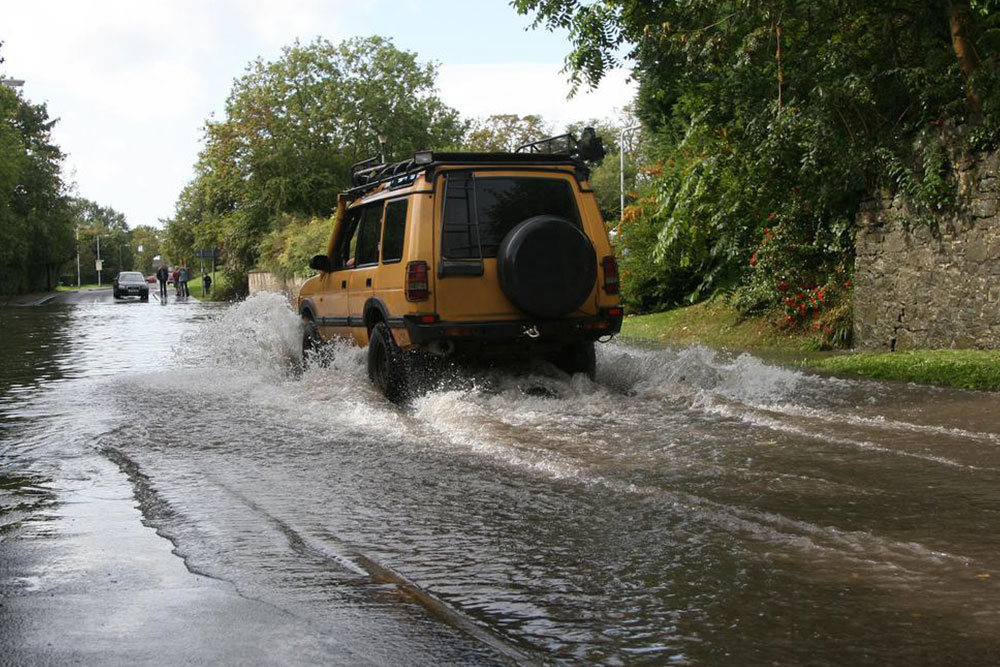Understanding Why Schools Announce Closure Notices: Top Factors and Safety Precautions
School closures are critical safety measures driven by various factors such as severe weather, staffing shortages, and security threats. This article explores the top reasons schools decide to shut down temporarily or permanently, highlighting the importance of safety, infrastructure, and effective communication. Understanding these causes helps communities better prepare for disruptions and ensure student safety during emergencies. The article emphasizes the multi-faceted nature of school closures, showcasing how administrators evaluate risks and disseminate information through various channels to maintain transparency and safety for all involved.

Understanding Why Schools Announce Closure Notices: Top Factors and Safety Precautions
School closures are significant events that impact students, parents, and staff alike. While a few might see closures as unexpected breaks, most are prompted by serious safety concerns or logistical challenges that require immediate attention. The decision to shut down a school isn't made lightly; it involves detailed assessments of various critical factors to ensure the safety and well-being of everyone involved. These closure notices serve as vital communication tools, informing parents and guardians promptly so they can make necessary arrangements and keep children safe from potential hazards. Public dissemination through local newspapers, official school websites, emails, and media outlets ensures that the message reaches all relevant parties effectively.
This comprehensive overview highlights the primary reasons schools decide to close temporarily or permanently, emphasizing safety, operational challenges, and other crucial considerations that influence these decisions.
Staffing shortages: One of the leading causes of school closures is insufficient staffing. When teachers and administrative personnel cannot be adequately staffed due to illnesses, resignations, or other emergencies, maintaining a safe and functional learning environment becomes challenging. Without enough qualified staff, schools may temporarily shut down until staffing issues are resolved to prevent disruptions to student safety and education quality.
Cumulative adverse weather conditions: Severe weather phenomena such as snowstorms, thunderstorms, hurricanes, or floods can jeopardize the safety of students and staff. These natural events can hinder safe travel to and from school, cause infrastructure damage, or make school facilities unsafe to operate. Consequently, schools often close temporarily during such conditions to protect everyone involved.
Building and infrastructure problems: Maintenance issues, particularly those affecting heating, ventilation, or structural integrity, can pose serious risks. For example, a broken heating system during winter can lead to uncomfortable or unsafe indoor environments, prompting school administrators to close facilities until repairs are completed. Similarly, plumbing failures, electrical faults, or roof damage could threaten safety and necessitate closures.
Security threats and emergencies: Threats such as bomb alerts, suspicious packages, or intruder incidents trigger immediate school closures. Ensuring the safety of students and staff takes precedence, and authorities typically evacuate or lock down premises until the situation is resolved. These incidents often involve law enforcement agencies and emergency response teams working collaboratively to secure the facility and inform the public.
Financial difficulties and administrative decisions: Extended closures may also be a result of broader financial challenges faced by educational institutions. Budget constraints can delay infrastructure improvements, staff salaries, or operational costs, leading to temporary or permanent closures if the issues persist. In some cases, safety concerns linked to funding shortages necessitate long-term shutdowns to reassess safety protocols and ensure compliance with regulations.
To maintain transparency and keep the community informed, schools distribute closure notices through various channels. These include local news broadcasts, official school websites, email alerts, social media updates, and newspaper publications. Such multi-channel communication ensures that parents, students, staff, and stakeholders receive timely information, allowing them to make necessary arrangements and stay safe during disruptions.
Understanding the multiple reasons that lead to school closures underscores the importance of safety, preparedness, and effective communication in educational environments. From weather emergencies to infrastructural issues and security threats, each factor requires careful monitoring and decisive action to protect lives and property. As communities continue to face unpredictable challenges, fostering awareness and readiness remains essential for maintaining resilient educational systems.




